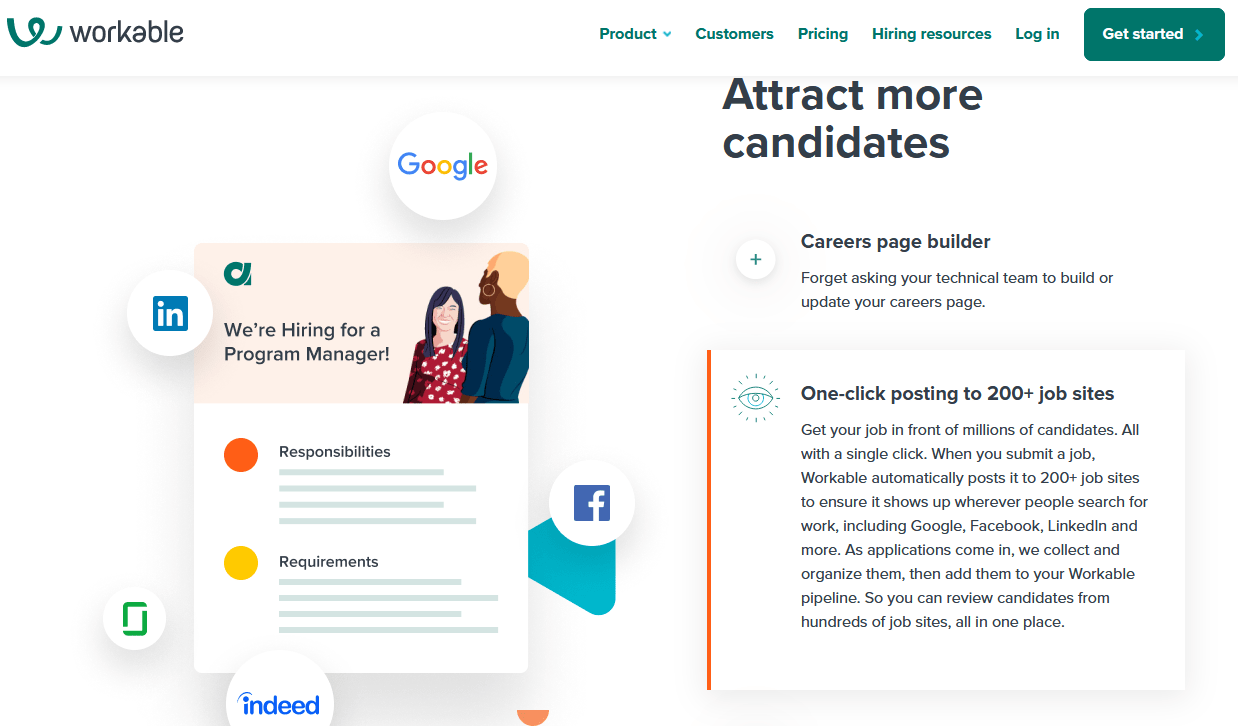Gamification can be a great way to help call center agents hit their KPIs and boost a call center’s overall metrics, but the wrong approach can be off putting and make agents reluctant to participate.
For example, if managers force games upon their agents every single day and make all of them shamelessly focused on KPIs, the whole ordeal can quickly grow tiresome and lead to a backlash.
Nevertheless, there are ways to establish a balance so that your call center gamification keeps agents interested and leads to better performance. Keep the following tips in mind:
Start with a Game Based on Positive Behaviors
Games that are based on positive behaviors provide a good introduction if you’re just bringing gamification into your call center for the first time.
The idea here is to avoid making things too competitive too quickly by taking some of the focus off metrics and KPIs. This way, even your lower-performing employees can participate right away without having to worry about any leaderboards.
In other words, if you make everything about KPIs from the start, then only your top agents will have the chance of getting rewards and praise. This can turn off agents who struggle with their KPIs and potentially lead them to disengage with their work, creating a vicious cycle for both them as individuals and your call center as a whole.
Instead, positivity-based games can boost engagement and morale for everyone involved. For example, a bingo-type game that rewards good employee behavior is a proven method of success. In this instance, fill each bingo square with actions you’d like your call center agents to do over the course of a week, such as giving feedback to a coworker, talking to a manager about a difficult customer, or taking a dozen total 15-minute breaks.
Another example could be a quiz game about workplace mental health and stress management best practices, with the winners being treated to a paid lunch as a reward. Employee referral programs, which incentivize current employees to refer new hires they know and trust, are another option worth considering.
Add an Ongoing Head-to-Head Competition Between Work Buddies
While workplace games are designed to be fun, they can often seem daunting and intimidating for call center agents. However, teaming up with a workplace friend can make the experience a lot more enjoyable.
Many agents have a “work bestie” or close colleague that they typically interact with the most over the course of a workday. Workplace friends can help agents learn new systems, discuss work-related strategies, and cope with the repetitive and tough call center environment.
By asking your agents to buddy up with their closest colleagues and then designing games around team-based competition, you can get everyone involved and make the experience more accessible. The competitions you choose can be as simple as seeing who can resolve the most customer issues before lunch, for example.
Do Short, Spontaneous Games
Creating quick, impromptu games can be another effective practice for call center gamification.
Gamification software currently supports ongoing call center gamification, where agents can collect points, unlock new levels, and complete missions so they can continue learning and hitting their goals. However, constantly having to log in to a game at work can become annoying.
To offset this, try short, spontaneous games that can reignite interest. For example, you can pose trivia questions at the end of every hour and give the winner an extra 30 minutes for their lunch break the next day. Another spontaneous game example could be to conduct random spot checks for certain KPIs and reward the daily leader with a goodie bag or other incentive.
Keep the Leaderboard a Secret Until It’s Time for Rewards
Most call center managers think that displaying a leaderboard all day, every day will entice agents to climb it, but doing so can actually have the opposite effect—especially for company-wide games. That’s because agents who aren’t moving up after a while will often stop trying, removing their incentive to keep playing the game.
Instead, either hide the leaderboard until it’s time to give out rewards or only display the top few agents in your call center software. If someone knows they’re at the top, they may be motivated to keep themselves there. Meanwhile, if they don’t know how close they are to the top, they may be motivated to keep working harder until they get there.
Experiment with Gamification Today
Striking the right balance when it comes to call center gamification can be tricky, but by following the best practices you can engage your agents in a way that boosts morale and metrics alike. With these ideas implemented, your call center can increase agent retention rates, improve individual performance, and make the often tedious nature of call centers more fun and engaging overall.














